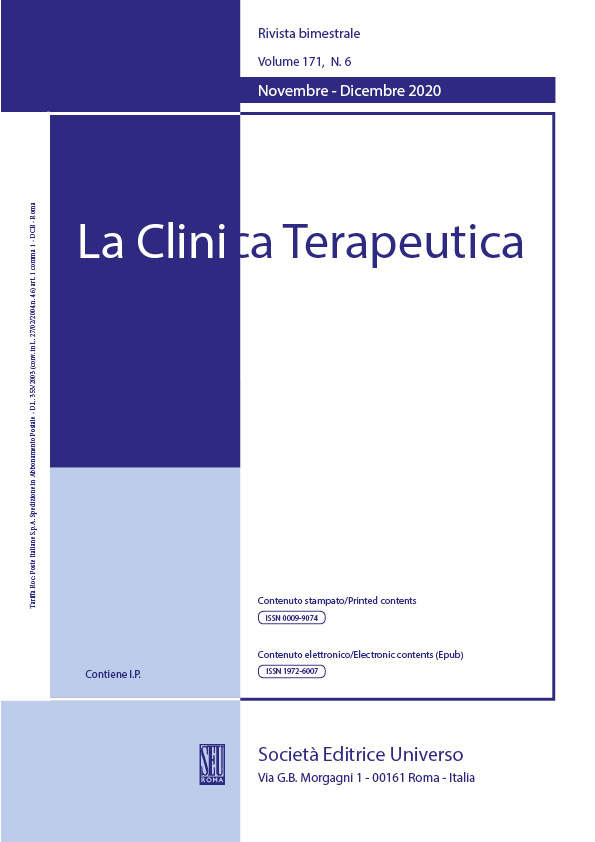Abstract
Background Foodborne diseases are common sources of morbidity and mortality worldwide. Scombroid syndrome represents a particular condition since it is not directly related to the ingestion of spoiled food but is determined by high levels of histamine, a chemical mediator naturally produced within the human body under particular conditions. In these cases, histamine is formed as a result of the bacterial activity from histidine, an amino acid present at high levels in some fish species. The resulting symptomatology can range from mild symptoms such as headache and skin rash to more severe manifestations such as hypotension and coronary spasms. Reference regulations in Italy set maximum levels of histamine in food at 200 mg/kg.
Cases description The cases described involve a family of three who, following the ingestion of a tuna dish, started to exhibit symptoms typical of an allergic reaction. In one case, hypotension, tachycardia, and electrocardiographic changes in the ST-tract suggestive of myocardial ischemia also appeared with negative myocardionecrosis enzyme dosage. All three cases experienced complete remission of symptoms in the absence of sequelae. Histamine concentrations in fish sampled three days later were 169 mg/kg.
Conclusion The cases described emphasize the importance of proper differential diagnosis as well as the importance of implementing specific controls in food hygiene.
